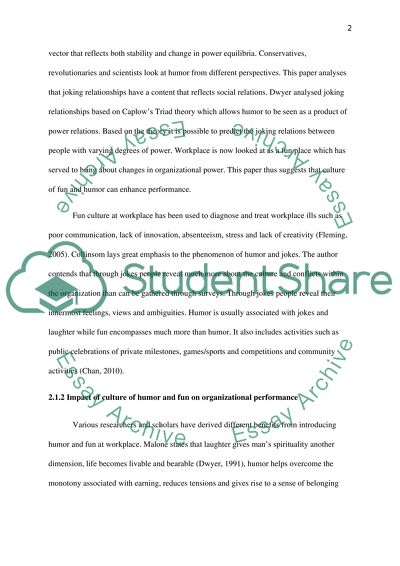Cite this document
(“Humor and fun at workplace Literature review Example | Topics and Well Written Essays - 3500 words”, n.d.)
Retrieved from https://studentshare.org/psychology/1399538-humor-and-fun-at-workplace
Retrieved from https://studentshare.org/psychology/1399538-humor-and-fun-at-workplace
(Humor and Fun at Workplace Literature Review Example | Topics and Well Written Essays - 3500 Words)
https://studentshare.org/psychology/1399538-humor-and-fun-at-workplace.
https://studentshare.org/psychology/1399538-humor-and-fun-at-workplace.
“Humor and Fun at Workplace Literature Review Example | Topics and Well Written Essays - 3500 Words”, n.d. https://studentshare.org/psychology/1399538-humor-and-fun-at-workplace.


